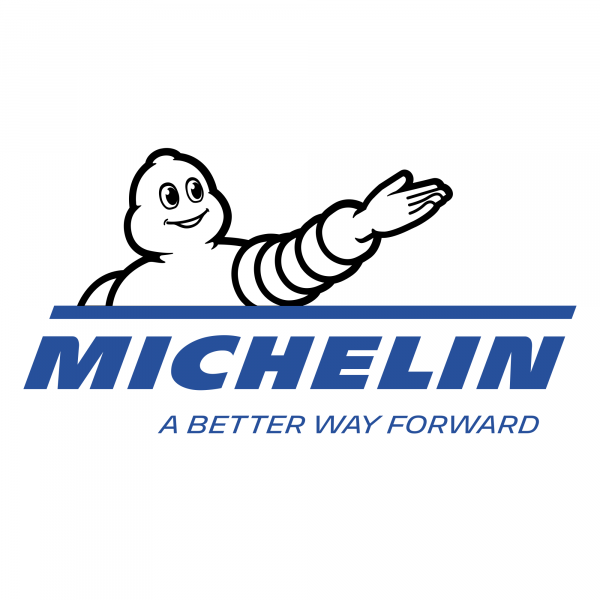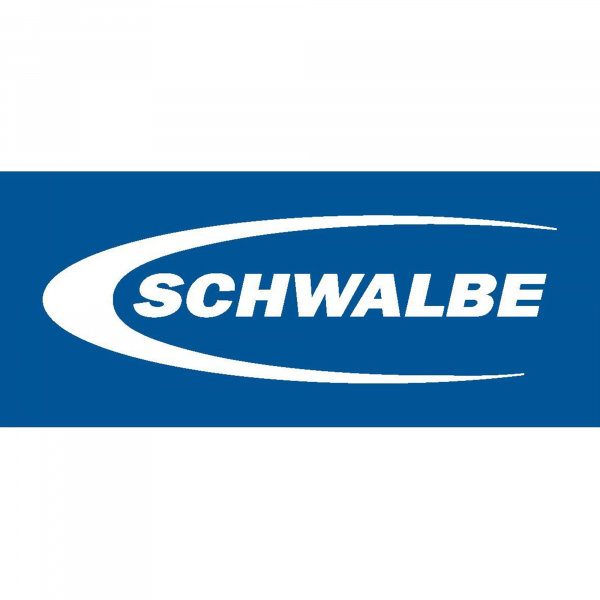John Tomac developed the legendary Nevegal tire with Kenda in the early 2000s, when it was hailed as “The” downhill tire and put Kenda on the radar of a lot of riders. After a few years’ hiatus, the American brand is back on the Downhill World Cup circuit, as well as catering for the eMTB segment. Kenda also have a particularly large range of tires for S-Pedelecs (up to 45 km/h).
Here you’ll find everything you need about mtb tires: The best eMTB tire – … and why there’s actually no such thing

Casing
The names of Kenda’s carcasses indicate the intended use of the tire, from Trail to Enduro to Gravity, or specifically for eMTBs. Compared to some other manufacturers, the differences in the level of puncture protection aren’t huge, giving most riders a lot of choice.
Advanced Trail Casing (ATC)
Kenda’s Advanced Trail Casing is one of the lightest constructions in the test field together with Continental’s ProTection carcass. However, the low weight comes at the cost of pinch flat protection. The ATC carcass is not suitable for heavy riders with an aggressive riding style as it is prone to suffering pinch flats. Compared to the MAXXIS EXO or Schwalbe Apex carcass, ATC uses protective layers in the sidewall and the centre knobs, leaving you less likely to cut the sidewalls or puncture the tread as a result.
E-Mountain Casing (EMC)
The EMC casing was developed specifically for eMTBs. All of Kenda’s EMC tires are ECE R75 certified, allowing you to use them on an S-Pedelec (45 km/h). Regarding weight, the EMC casing falls in between the superlight ATC and the sturdy AEC, though the puncture protection is more on par with the AEC. The casing has a layer of reinforcement beneath the tread and in the sidewalls, giving the tire the support needed to hold the weight of an S-Pedelec and to prevent it from squirming at high speeds.
Advanced Enduro Casing (AEC)
For their Advanced Enduro Casing, Kenda use much sturdier and heavier inserts than in the ATC casing. The protective lining under the tread and in the sidewall, called Vector Shield, is said to provide almost three times the amount of puncture protection than the lining in the ATC casing. In terms of pinch flat protection, the AEC carcass is just below the level of MAXXIS’ Doubledown carcass and is suitable for almost all Enduro bikes. The carcass does well in the weight department too, coming in quite a bit lighter than the DoubleDown or Super Gravity models.
Advanced Gravity Casing (AGC)
Among the downhill-specific casings in the test, Kenda’s AGC carcass offers the least pinch flat protection, but it is also by far the lightest. Even so, hardly anyone will be able to puncture this carcass, unless you’re a heavy downhill rider. Kenda achieved the additional protection over their AEC carcass not by increasing the number of layers, but by adding an additional 20 mm wide Apex insert in the tire bead which also helps support the sidewalls.

Rubber compounds
A quick look through Kenda’s catalogue is enough to give you a headache from decoding all the cryptic abbreviations. However, if you take a closer look, you will find that there are two compounds most suitable for eMTB use: RSR Dual Layer (RSRDL) and Enduro Dual Tread Compound (EN-DTC).
RSR Dual Layer (RSRDL)
RSRDL is Kenda’s latest rubber compound when it comes to maximum downhill grip. Unlike many other dual compounds, both the shoulder and centre knobs are made of Kenda’s softest rubber. They use the harder material as the base to stiffen the tire and minimise wear. Despite being relatively hard, the RSRDL offers sheer precision and traction in dry conditions. Even in the pouring rain, it still performs well in terms of grip, though not quite at the level of Schwalbe’s ADDIX Super Soft rubber or the shoulder knobs of MAXXIS’ 3C MaxxGrip compound. If you do a lot of climbing on your Enduro bike, we recommend using the RSRDL only on the front.
Enduro Dual Tread Compound (EN-DTC)
Kenda uses a classic dual-compound construction for their Enduro Dual Tread Compound with a harder centre tread and softer shoulder knobs. The rolling resistance is good but the EN-DTC compound still provides enough braking traction without wearing too fast. Lean the EN-DTC tires into a corner, they offer a lot of traction on almost any surface. There is a big performance difference between RSRDL and EN-DTC in wet conditions.
Tread pattern
Rooted in the downhill scene, Kenda’s aggressively treaded Hellkat is best suited for use on demanding trails. The slightly flatter profiled Nevegal 2 is an alternative that also works well on a lot of different terrain. Kenda also offer a semi-slick option in their line-up called the Helldiver.
Hellkat
The Hellkat is the most aggressive tire in Kenda’s range. The tread pattern was largely designed by Mick and Tracey Hannah of the Polygon UR Team. With large gaps between the knobs, the self-cleaning properties of the tire are good even in sticky mud. The square shoulder knobs bite into the ground on off-camber sections or in open corners without feeling vague or undefined when you hit a berm. Thumbs up! The massive centre knobs offer a ton of braking traction, though at the cost of rolling resistance. Although the Hellkat has few transition knobs, leaning it over feels consistent and predictable. It’s always a good choice for the front on an eMTB. It’s fine on the back if you’re after maximum trail capability, but you’re going to have to keep an eye on your battery level as it isn’t the fastest rolling option out there.


Helldiver
The Helldiver is Kenda’s answer when the rolling resistance of the Hellkat on the rear is too much. The minimalist centre knobs of this semi-slick tire produce a lot less rolling resistance compared to the Hellkat, depending on the compound. As with all semi-slick tires, braking traction in muddy conditions is poor and this tire has absolutely no business on the front of your bike. The 27.5″ model comes in many casing and compound combinations. Unfortunately, 29er riders will have to make do with just the thin ATC carcass.


Nevegal 2
For the re-launch of the Nevegal, Kenda left no block of tread unchanged. As a result, the Nevegal 2 rolls a lot better and slots in nicely between the Hellkat and Helldiver. The relatively short knobs keep the weight and rolling resistance down and offer a direct feel on hard ground. Similar to Schwalbe’s Hans Dampf, the Nevegal 2 has plenty of transition knobs. Drifting? It loves to, and it does so in a very controlled way. It is best suited as a rear tire for demanding trails, or the front and rear for longer, more relaxed rides. In the case of very sticky mud, it can clog up quite quickly when compared to Schwalbe’s Hans Dampf, but it sheds dirt significantly better than the MAXXIS Aggressor.


Our recommendations
Grip (f/r): Hellkat, AEC, RSRDL – Hellkat, AGC, RSRDL
All-round (f/r): Hellkat, EMC, EN-DTC – Nevegal 2, EMC, EN-DTC
Fast rolling (f/r): Nevegal 2, ATC, EN-DTC – Nevegal 2, ATC, EN-DTC
For more information head to kendatire.com
Our big E-MOUNTAINBIKE group test at a glance
Here you’ll find everything you need about mtb tires: The best eMTB tire – … and why there’s actually no such thing
All the models in test
Did you enjoy this article? If so, we would be stoked if you decide to support us with a monthly contribution. By becoming a supporter of E-MOUNTAINBIKE, you will help secure a sustainable future for high-quality cycling journalism. Click here to learn more.
Words: Photos: Valentin Rühl















